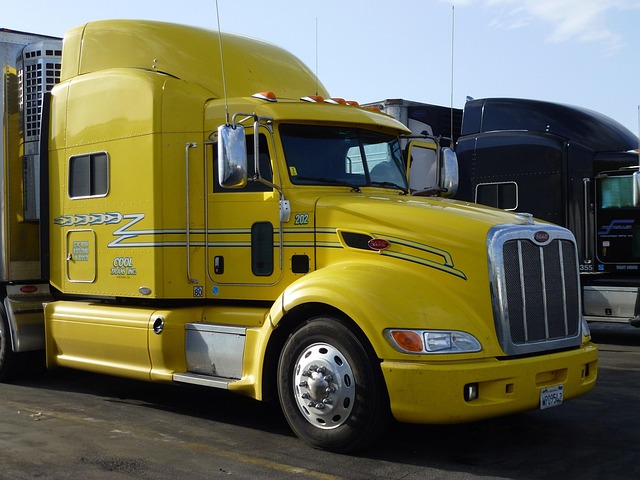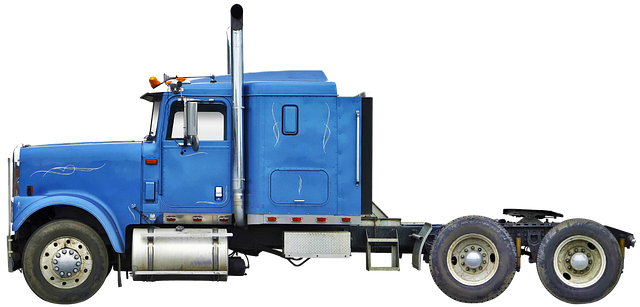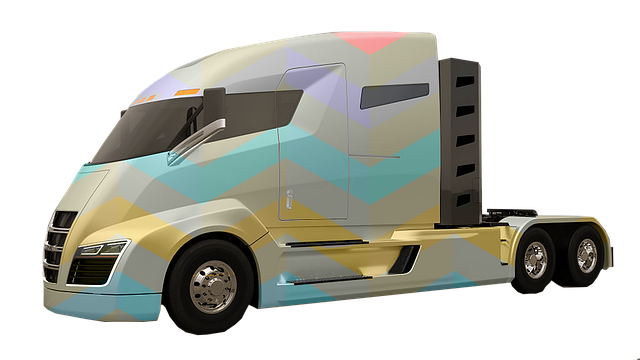Looking to register your car in California? This comprehensive guide walks you through the process, ensuring a smooth experience. From understanding key requirements and gathering essential documents to verifying your Vehicle Identification Number (VIN) and choosing the right registration method, each step is clearly explained. We also highlight the importance of accurate VIN verification for security and accuracy. Follow these instructions precisely and get your car registered effortlessly in California.
- Understand California Vehicle Registration Requirements
- Gather Necessary Documents for Car Registration
- Verify Vehicle Identification Number (VIN) Accuracy
- Choose a Suitable Registration Method in California
- Submit Application and Pay Fees for Car Registration
Understand California Vehicle Registration Requirements

Before registering your car in California, it’s crucial to understand the state’s specific requirements for vehicle registration. California requires all vehicles, whether new or used, to be registered with the Department of Motor Vehicles (DMV). This process involves providing essential documentation and ensuring your vehicle meets safety standards. One critical aspect is verifying the Vehicle Identification Number (VIN), which acts as a unique fingerprint for your car.
The VIN is typically found on a plate attached to the vehicle’s chassis or door post. In California, you might opt for a mobile VIN inspection or verification service, offering convenience by allowing the process to be done at your location. These services use specialized tools to cross-reference the VIN with national databases, ensuring its authenticity and history, which is essential for registering your car legally in the Golden State.
Gather Necessary Documents for Car Registration

Before you begin the registration process, ensure you have all the required documents. The California Department of Motor Vehicles (DMV) will need your car’s Vehicle Identification Number (VIN), which can be found on the vehicle’s label or in its manual. A reliable mobile vin verifier or mobile vin inspection app can help you quickly and accurately retrieve this information if it’s not readily available.
Additionally, prepare other essential paperwork such as proof of insurance, a valid driver’s license, and any required registration fees. For out-of-state vehicles, you’ll also need to provide a Certificate of Title or a Purchase Agreement. Having these documents ready ensures a smoother registration process at your local DMV office.
Verify Vehicle Identification Number (VIN) Accuracy

Before registering your car in California, it’s crucial to ensure the Vehicle Identification Number (VIN) is accurate and valid. This unique 17-character code is a critical piece of information that identifies your vehicle and its history. You can verify the VIN using reliable mobile vin verification services or a mobile vin verifier app, which will check for any discrepancies or potential fraud.
Accurate VIN data is essential because California’s Department of Motor Vehicles (DMV) relies on it to conduct background checks and ensure compliance with safety standards. A simple and quick mobile vin inspection can save you time and effort during the registration process, preventing potential issues down the line.
Choose a Suitable Registration Method in California

When it comes to registering your car in California, there are several methods available, each with its own advantages. The first step is to determine which one suits your needs best. One popular and convenient option is utilizing a mobile vin verification service, where a technician comes to you for an on-site vin inspection. This is ideal for those who have limited time or prefer not to visit a DMV office. Alternatively, many California residents opt for the traditional in-person registration process at a local DMV field office.
Additionally, the state offers an online registration system that allows you to complete the entire process from the comfort of your home using a vin verifier tool provided by the DMV. This digital approach streamlines everything, from entering vehicle information to paying fees. Whatever method you choose, ensuring your vehicle’s details are accurate and up-to-date is crucial for a smooth registration experience in California.
Submit Application and Pay Fees for Car Registration

To complete the car registration process in California, you’ll need to submit an application along with the required fees. This typically involves providing essential information about your vehicle and yourself. One crucial step is ensuring your Vehicle Identification Number (VIN) is accurately recorded, which can be easily verified through a mobile vin inspection or mobile vin verification service. These services allow for convenient and quick confirmation of your VIN, making the registration process smoother.
After gathering all necessary documents and confirming your VIN, you’ll need to pay the associated fees. California’s Department of Motor Vehicles (DMV) outlines these charges, which may include a base fee as well as additional costs based on your vehicle’s characteristics or emissions status. Once your application is approved and fees are settled, you’ll receive your official car registration documents.
Registering your car in California is a straightforward process once you understand the requirements and gather the necessary documents. By verifying your Vehicle Identification Number (VIN) using a reliable VIN verifier, you ensure accuracy from the start. Choose between online or in-person registration, submit your application, and pay the associated fees to complete the process efficiently. Remember, proper vehicle registration is not only legal but also ensures your safety and that of other California drivers on the road.
